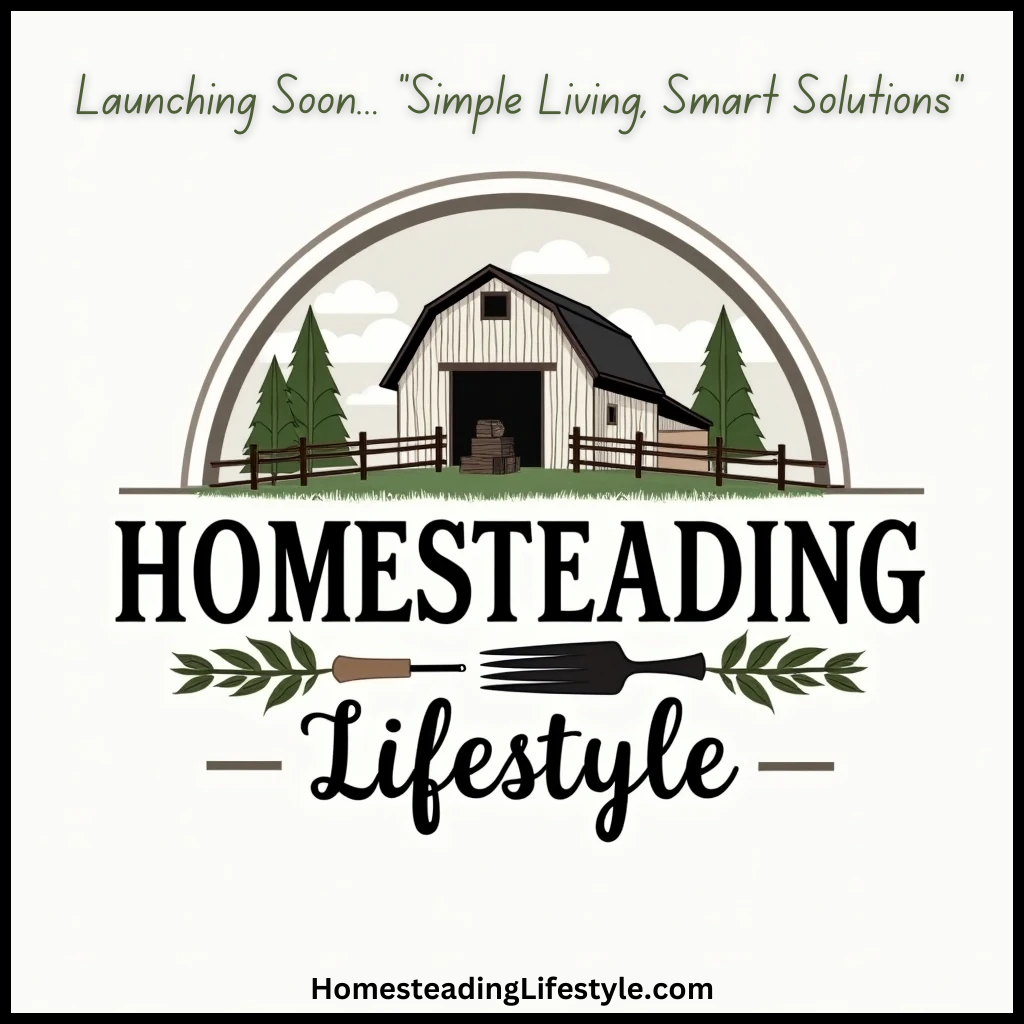body { font-family: Arial, sans-serif; line-height: 1.6; color: #333; margin: 20px; }
h1 { font-size: 2em; margin-bottom: 0.5em; }
h2 { font-size: 1.5em; margin-top: 2em; }
h3 { font-size: 1.2em; margin-top: 1.5em; }
p { margin-bottom: 1em; }
Table of Contents
- 1. Assess Your Water Needs
- 2. Choose the Right Storage Containers
- 3. Implement Water Collection Systems
- 4. Prioritize Water Quality & Purification
- 5. Store Water Safely & Securely
- 6. Practice Water Conservation Techniques
- 7. Plan for Emergency Water Storage
- 8. Maintain and Rotate Your Water Supply
- 9. Explore Innovative Storage Technologies
- 10. Educate Yourself & Community on Water Storage
1. Assess Your Water Needs
Understanding How Much Water Your Homestead Requires
Before diving into water storage solutions, it’s essential to evaluate your daily and seasonal water needs. For a typical homestead, this includes water for drinking, cooking, laundry, gardening, livestock, and emergency reserves. According to recent studies, an average family of four uses about 300 gallons of water daily. However, this varies depending on your lifestyle and location.
Accurately assessing your water consumption helps you determine the size of your storage tanks and the number of containers you’ll need. For example, if you generate rainwater on site, you might want to calculate the average rainfall in your area and how much water you can reliably collect. This planning allows for sustainable and efficient water management, especially important in 2025 when climate variability can impact supply.
To get started, keep a water usage diary for a week and tally daily consumption. Consider future needs like increased garden or livestock requirements and prepare accordingly. Having a clear picture of your water needs is the foundation for effective homestead water storage strategies.
2. Choose the Right Storage Containers
Types of Storage Options for Homestead Water Storage
Selecting appropriate containers is critical for ensuring clean, safe, and reliable water storage. In 2025, many homesteaders are opting for food-grade polyethylene tanks, which are durable, affordable, and resistant to UV damage. These come in various sizesâfrom small 55-gallon drums to large 5,000-gallon tanksâallowing flexibility based on your needs and space.
Consider the material’s safety and suitability for potable water. Always choose containers designed explicitly for water storage to prevent chemical leaching. Additionally, ensure they are sealed tightly to prevent contamination from insects, debris, or animals. Some homesteaders also use repurposed food-grade barrels or stainless steel tanks for higher purity requirements.
Proper sizing and material choice ease ongoing maintenance and maximize storage capacity. Remember, integrating a system that fits your homestead’s scale and budget makes water storage sustainable and effective in 2025.
3. Implement Water Collection Systems
Harnessing Rainwater for Your Homestead
Implementing efficient rainwater harvesting is crucial for reliable homestead water storage. In 2025, innovative collection systems are making it easier for homesteaders to capture and utilize rainwater effectively. Start by installing gutters and downspouts that direct water into your storage tanks. Employ leaf guards and first-flush diverters to improve water quality by removing debris and contaminants.
Consider adding rain barrels or larger storage tanks positioned on sloped land or elevated platforms for gravity-fed distribution. Collecting rainwater not only reduces dependence on municipal sources but also promotes sustainable living by conserving resources. System design should prioritize filtration and ease of access for maintenance.
By optimizing your water collection infrastructure, your homestead can become more resilient, especially during droughts or supply disruptions projected for 2025. Always adhere to local regulations and best practices to ensure safe and sustainable harvesting.
4. Prioritize Water Quality & Purification
Ensuring Safe Drinking Water in Your Homestead
Storing water is only part of the equation; maintaining its quality is equally vital. In 2025, advancements in water purification make ensuring safe drinking water more accessible than ever. Regular testing for contaminants like bacteria, heavy metals, and chemicals is recommended, especially if your water source is environmental or collected rainwater.
Implement purification methods such as chlorination, UV sterilization, or filtration systems tailored for homesteads. For example, installing a point-of-use UV purifier after storage can effectively eliminate pathogens. Additionally, using food-grade tanks and keeping containers sanitized significantly reduce the risk of microbial growth or chemical leaching.
Remember, clean water storage supports health and reduces maintenance costs down the line. Prioritizing purification in your homestead water storage plan ensures peace of mind and sustainability in 2025.
5. Store Water Safely & Securely
Preventing Contamination and Protecting Your Supply
Secure storage is essential to prevent contamination from pests, animals, or environmental factors. Use lockable lids and sealed containers to protect your water supply. In 2025, innovative security solutions such as tamper-proof lids and surveillance options foster peace of mind for homesteaders.
Placement of tanks is also criticalâposition them on stable, level ground, preferably elevated to facilitate gravity-fed distribution. Covering tanks with UV-resistant material shields water from sunlight, which can promote algae growth. Regular inspections and cleaning of storage units help identify issues early and maintain water quality.
Overall, safety measures in water storage are not just about preserving quality but also about ensuring your homestead’s self-reliance and sustainability for the long term.
6. Practice Water Conservation Techniques
Smart Usage to Extend Your Storage Supply
Conservation is the cornerstone of effective homestead water storage. As we face increasing variability in water availability in 2025, adopting water-saving habits can make a substantial difference. Simple practices like fixing leaks, using drought-resistant plants, and employing drip irrigation can drastically reduce water waste.
Install water-efficient appliances and fixtures, such as low-flow faucets and showerheads, to further decrease consumption. Harvesting off-peak rainwater and watering early mornings minimize evaporation and maximize usage efficiency.
Adopting these techniques ensures that your stored water lasts longer, reducing the need for frequent replenishments and helping you adapt to changing climate conditions in 2025.
7. Plan for Emergency Water Storage
Building Resilience for Crisis Situations
An emergency water reserve is a vital component of homestead water storage. In 2025, planning for crisis situationsâwhether natural disasters, supply chain disruptions, or environmental challengesâis more crucial than ever. Aim to store at least a two-week supply for your household, extending this with livestock and garden needs.
Utilize easily accessible containers and keep supplies in a cool, shaded area to prevent deterioration. Regularly test and rotate your emergency water to ensure viability when needed. Diversify your storage sources by collecting rainwater, storing municipal water, and using imported bottled water for redundancy.
Having a well-thought-out emergency water plan enhances your homestead’s resilience and ensures safety for your family during critical times in 2025.
8. Maintain and Rotate Your Water Supply
Ensuring Continued Safety and Freshness
Proper maintenance extends the lifespan of your homestead water storage system and keeps your water safe. In 2025, regular cleaning of tanks, replacing filters, and inspecting seals are standard practice. Rotating stored waterâusing older water first and replenishing tanks regularlyâprevents stagnation and microbial growth.
Establish a schedule for water testing and tank sanitation, at least twice a year, especially before winter or summer extremes. If you notice cloudy water, foul odor, or algae, take immediate actionâclean your tanks and replace the stored water.
This careful stewardship safeguards your water supply’s quality and ensures your homestead remains self-sufficient and prepared throughout the year.
9. Explore Innovative Storage Technologies
Leading the Way in 2025
Advances in water storage technology are transforming homesteading practices. In 2025, options like modular plastic containers, smart water sensors, and eco-friendly storage solutions improve efficiency and sustainability. Smart sensors can monitor water levels and quality in real-time via smartphone apps, alerting you to issues immediately.
Reversible or expandable tank designs provide flexibility as your needs grow. Innovative materials, such as biodegradable or recycled plastics, reduce environmental impact. Additionally, integrating renewable energy sources like solar-powered pumps enhances system independence.
Keeping abreast of technology ensures your homestead water storage remains cutting-edge, reliable, and environmentally responsible in 2025.
10. Educate Yourself & Community on Water Storage
Building Knowledge and Collective Resilience
Ongoing education about best practices in homestead water storage is essential. Attend workshops, read current publications, and connect with local homesteading groups to stay updated on trends and innovations. In 2025, community efforts can include shared rainwater harvesting systems or bulk storage purchasing, reducing costs and improving efficiency.
Knowledge-sharing also enhances local resilience during shortages or emergencies. By collaborating and exchanging experiences, homesteaders can develop innovative solutions tailored to their specific climate and landscape.
Continuously improving your skills and fostering community connections allows you to optimize your homestead water storage and create a more sustainable future in 2025.
Frequently Asked Questions
Q1: What is the most effective way to store water on a homestead?
The most effective way depends on your size, budget, and water needs, but generally includes using food-grade tanks combined with rainwater harvesting and purification systems for safe, reliable water storage.
Q2: How much homestead water storage should I plan for in 2025?
Aim for at least a two-week supply for your household, plus additional storage for livestock and garden needs. Exact amounts vary based on your consumption and local climate, but planning for 1,000-2,000 gallons is common for average homesteads.
Q3: How can I ensure the quality of stored water?
Regular testing, proper cleaning, using food-grade containers, and installing purification methods like UV sterilizers help maintain safe, potable water in your homestead water storage system.
Q4: Are there innovative technologies for water storage in 2025?
Yes, smart sensors, expandable tanks, and eco-friendly materials are revolutionizing homestead water storage, making it more efficient, sustainable, and easy to monitor remotely.
Q5: Why is homestead water storage important?
Reliable water storage ensures self-sufficiency, supports resilience during droughts or emergencies, and helps manage water costs over time. It is a key component of sustainable homesteading in 2025.
Conclusion
In 2025, mastering homestead water storage is more vital than ever for self-sufficient living. By assessing your needs, choosing the right containers, implementing effective collection and purification systems, and staying informed on new technologies, you can build a reliable, sustainable water reserve. Remember, proper management and continuous education on homestead water storage ensure your water supply remains safe, available, and resilient through changing times. Make water storage a priority on your homestead and enjoy the peace of mind that comes with being prepared.






